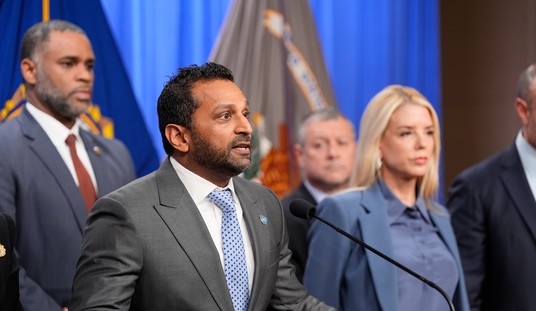According to the New York Times, "a three-year prison sentence would run more than $37,000 while probation would cost $6,770." For a more serious crime, where a 5-year imprisonment would cost more than $50,000, it would cost less than $9,000 for what is described as "five years of intensive probation."
This is only the latest in a long line of "alternatives to incarceration" schemes that are constantly being pushed by all sorts of clever people, not only in Missouri but across the United States and across the Atlantic, especially in Britain.
The most obvious question that is being resolutely ignored in these scientific-sounding calculations is: What is the cost of turning criminals loose? Phrases like "intensive probation" may create the illusion that criminals at large are somehow under control of the authorities but illusions are especially dangerous when it comes to crime.
Another question that ought to be obvious is: Why are we counting only the cost to the government of putting a criminal behind bars, but not the cost to the public of turning him loose?
Some may say that it is not possible to quantify the costs of the dangers and anxieties of the public when more criminals are walking the streets. That is certainly true, if you mean the full costs. But we can quantify the money costs-- and just the money costs to the public vastly exceed the costs to the government of locking up criminals.
Recommended
In Britain, where the "alternatives to incarceration" vogue has led to only 7 percent of convicted criminals being put behind bars, the annual cost of the prison system has been estimated at just under two billion pounds sterling. Meanwhile, the annual financial cost alone of crimes committed against the public has been an estimated sixty billion pounds sterling.
In the United States, the cost of incarcerating a criminal has been estimated as being $10,000 a year less than the cost of turning him loose.
In all these calculations we are leaving out the costs of violence, intimidation and the fears that people have for the safety of themselves and their children, not to mention the sense of helplessness and outrage when the society refuses to pay as much attention to innocent victims as they lavish on the criminals who victimize them.
These are all important costs. But it is unnecessary to take them into account, when just the money costs of turning criminals loose is enough to show what reckless nonsense is being preached to us by arrogant elites in the media, in academia and elsewhere.
Deception of the public by advocates of leniency to criminals has been institutionalized in legal practices that create the illusion of far more punishment being meted out than is actually the case. "Concurrent sentences" are one of the most blatant of these frauds.
When a criminal has been convicted of multiple crimes, having him serve his sentences for these crimes "concurrently" means that he actually serves no more time for five crimes than he would serve for whichever of those crimes has the longest sentence. In other words, the other four crimes are "on the house."
Sentences in general overstate how long the criminal will actually spend behind bars. Probation, furloughs, parole and time off for good behavior lead the list of reasons for turning a criminal loose before he serves the sentence that was announced to the public when he was convicted.
Even "life imprisonment without the possibility of parole"-- often offered as a substitute for execution for first degree murder-- can be misleading. There is no such thing as life imprisonment without the possibility of a liberal governor being elected, and then commuting or pardoning the murderer later on. And, of course, the murderer can commit murder again behind bars.
With all the things that liberals are willing to spend vast sums of money on, it is a little much to have them become penny-wise when it comes to keeping criminals off the streets.

























Join the conversation as a VIP Member